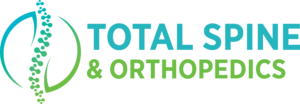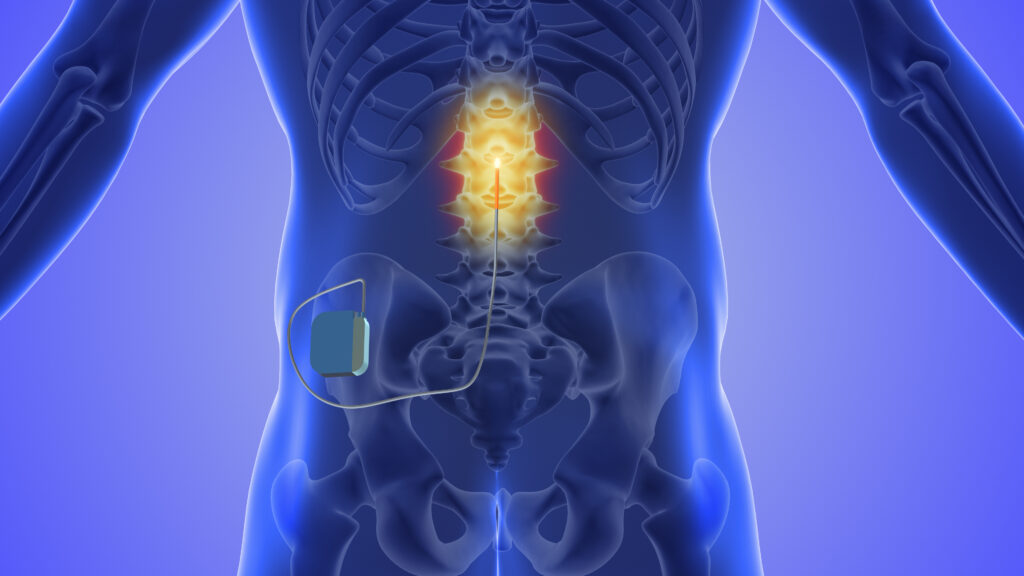Spinal Cord Stimulators: A Comprehensive Guide
Chronic pain is a debilitating condition affecting millions worldwide, significantly impacting quality of life and overall well-being. When other treatment options have proven ineffective, spinal cord stimulators have emerged as a pivotal advancement, offering the opportunity for persistent pain relief to those suffering from chronic pain. This article serves as an informative guide on spinal cord stimulators, detailing how they function, the symptoms they treat, and answering some of the most commonly asked questions about this implant.
What are Spinal Cord Stimulators?
Spinal cord stimulators are medical devices designed to deliver targeted electrical impulses to the spinal cord, aiming to stop pain signals before they reach the brain. Comprising a pulse generator and electrode leads, these devices are surgically implanted under the skin, offering a drug-free method to manage chronic pain. The therapy is reversible and adjustable and may be recommended depending on the unique needs and situation of each patient.
Candidate Evaluation
In order to determine if a patient may be a good candidate for a spinal cord stimulator, they will undergo a comprehensive assessment, focusing on those who have not achieved significant pain relief from traditional treatments and therapies.
Trial Phase
In most cases, a temporary device is implanted for a trial period, allowing patients to gauge the effectiveness of spinal cord stimulation in managing their pain before committing to a permanent solution.
Permanent Implantation
Following a successful trial, the permanent device is surgically implanted. Patients who choose to have a spinal cord stimulator permanently implanted will be thoroughly briefed so that they understand all of the benefits and risks of this procedure.
Commonly Treated Symptoms
Spinal cord stimulators can address various chronic pain conditions, including but not limited to:
- Chronic back and neck pain, especially in cases unresponsive to conventional treatments.
- Neuropathic pain, arising from nerve damage or disease.
- Complex Regional Pain Syndrome (CRPS), a chronic condition characterized by severe, persistent pain.
- Failed Back Surgery Syndrome (FBSS), where pain persists or worsens following spinal surgery.
Frequently Asked Questions
Who Can Benefit from Spinal Cord Stimulation?
Ideal candidates are those with chronic pain conditions not alleviated by other treatment modalities, including surgery, physical therapy, or medication.
Is the Implantation Procedure Safe?
While any surgical procedure involves some risk, the implantation of spinal cord stimulators is generally considered safe, with a low incidence of complications.
How Effective Is This Treatment?
The effectiveness varies among individuals, but many report significant pain reduction, improved mobility, and a decrease in the need for pain medication.
Can the Device Be Removed?
Yes, the device can be surgically removed if it becomes necessary, such as in the case of infection or if the patient decides against continuing the therapy.
Is This Treatment Covered by Insurance?
Most health insurance plans, including Medicare, cover spinal cord stimulation, particularly after a successful trial phase that demonstrates the therapy’s effectiveness.
Total Spine and Orthopedics is committed to providing advanced pain management solutions, including spinal cord stimulators, to help patients reclaim their dignity and their quality of life from chronic pain. With a team of specialists dedicated to the highest standards of patient care, we offer a pathway to pain relief for patients with chronic pain and many other symptoms. If you suffer from chronic pain, spinal cord stimulation or one of our other treatments may offer the relief you've been seeking. Fill out the form on this page or give us a call at (321) to learn more about how this therapy can be tailored to your specific needs and start your journey toward a more comfortable life.


